When the Road Ends for Your Tesla, it’s Just Beginning for Rivian’s Electric SUV and Truck
Ten years in the making, Rivian vehicles are beautifully designed and will take us places that Tesla cannot, but how far can they take us without the infrastructure that they demand?
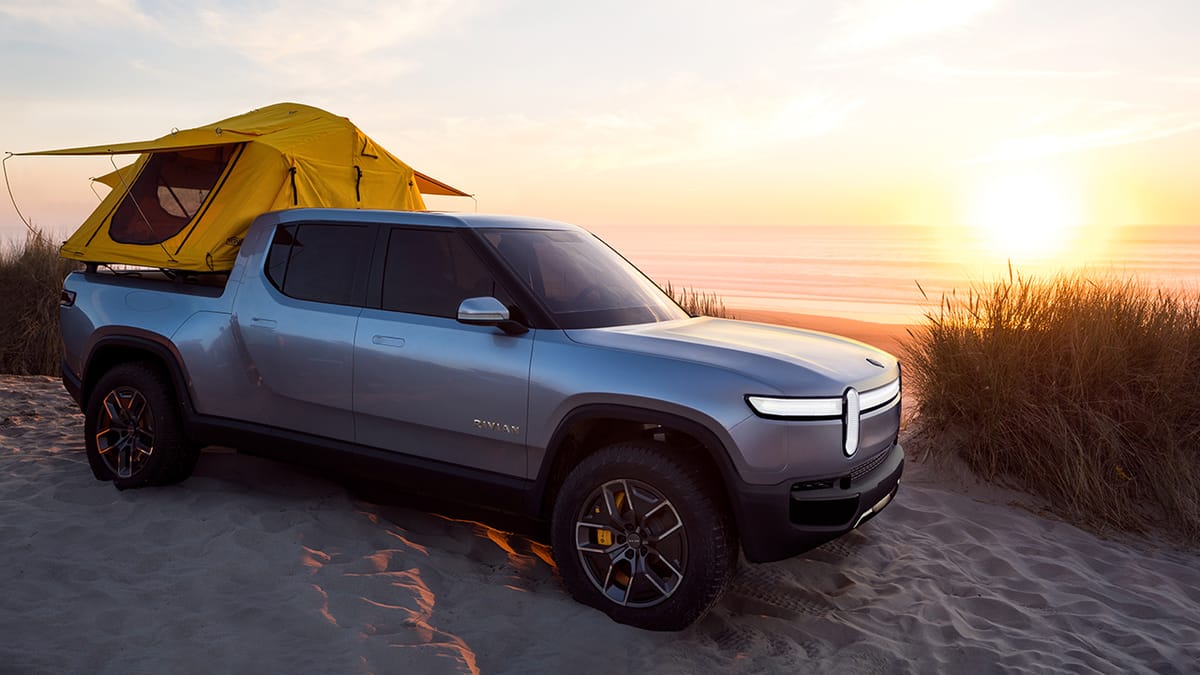
On November 14th, The Outdoor Journal was invited to Rivian’s factory based out of Plymouth, Michigan on one condition. They demanded that we keep all details of our visit under wraps. We were held to an information embargo on everything that we were to see and hear. Fast forward to today's LA Auto Show, where we find Rivian headlining and the end of the embargo. The tiger is now out of its cage.
In Plymouth, we enter into a Google esque environment, or perhaps a scene best suited to a James Bond villain's HQ. We find a clearly very talented team working heads-down in a pristine space, with pockets of clean white mechanical equipment hidden behind big doors. Like building a nuclear submarine, assembling the world's first electric adventure vehicle, shrouded in secrecy, is serious business.
[embed]https://twitter.com/LAAutoShow/status/1067093593674792960[/embed]
The full version of the video above can be found at the bottom of this article.
All we know is that we are about to experience the unveiling of a new electric vehicle. We are also aware that we represent a very particular group of people - the outdoors community - not the petrol heads that make up the vast majority in attendance. Less concerned with the inner workings of the vehicle, our interest - aligned with our readers - is what the Rivian will enable us to do. How can this new technology help to benefit nature and our ability to interact with it?
[gallery type="rectangular" size="full" ids="11162,11167,11165,11160,11169"]
"ENABLE", "ENABLE" "ENABLE"
We are welcomed by the CEO and Founder RJ Scaringe, who earned his Master of Science and PhD in Mechanical Engineering from MIT before founding Rivian. The first thing that strikes you is RJ's likeness to Clark Kent - mild mannered, friendly and well spoken. The passion that RJ has for this project, along with his team, is obvious. One can only imagine how it feels to have put so much into something for so long, before finally seeing the fruits of that labour.
We were fortunate enough to sit down and speak with RJ a few weeks later. You can read "Meet RJ Scaringe. The Founder of Rivian, Changing the Way We View Transportation" here.
[embed]https://twitter.com/RJScaringe/status/1063229815384416262[/embed]
“to be used, to get dirty”
Of course, the world is going to draw comparisons with another brand in this space of electric vehicles. The obvious “T” word, "Tesla". Not skirting the issue, RJ deals with it straight away. He reveals how Rivian is different to many other automobile manufacturers who have switched to producing fully electric, or hybrid vehicles such as Tesla. The audience is presented with a diagram, a little like the one you can find below;
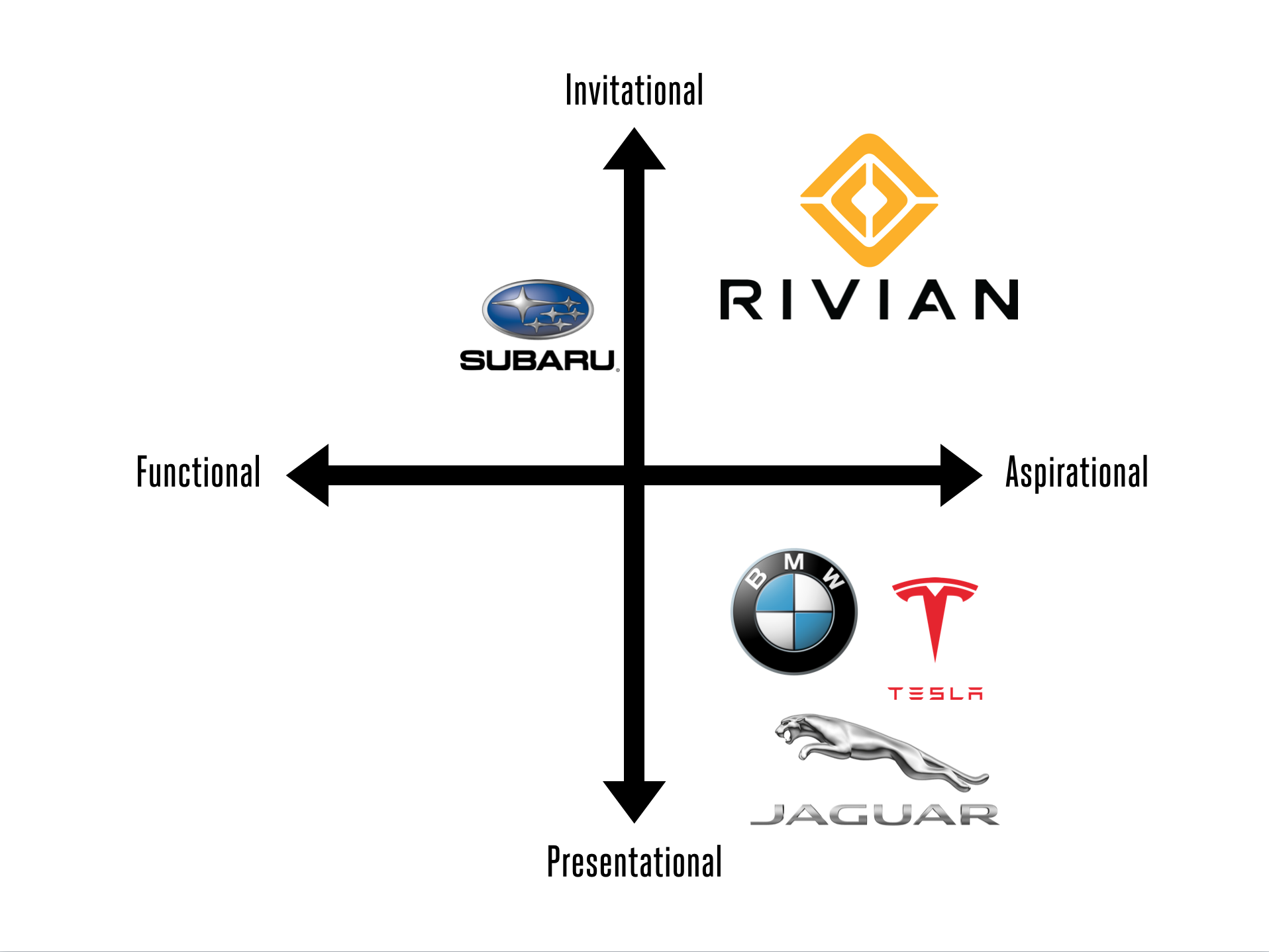
Yes, the new Rivian vehicles were designed to be aspirational, just like a Tesla, Jaguar and Mercedes, but they're also intended to differentiate themselves by being invitational. They wanted to inspire their customers to get outside and explore the world. As RJ put it, he wanted Rivian to “enable adventure”, “enable activities”, and “enable you to go places”. The company is building vehicles that are designed “to be used, to get dirty”. It’s a great goal and as a collection of people who enjoy all these things, it’s something that gets us revved up.

“STARTING WITH A CLEAN SHEET”
RJ then pulled back the curtain and revealed a Rivian vehicle for the first time, the all-electric pickup R1TTM . In addition to the truck, they have also be working on the all-electric SUV - R1STM which is a little bit further behind in development. Both were to be unveiled for the first time at the LA Auto Show, with deliveries of the R1T begin in late 2020 and the R1S begin at the start of 2021. The price will begin at $69,000 for a base model, excluding shipping and before a $7,500 U.S. tax credit that is available. However, The Outdoor Journal understands that it would be very easy to instead spend approximately $100,000 with extra's that include the size of your battery.
redefine expectations through the application of technology and innovation
With over 600 employees in 5 locations, the Rivian vehicles have been in development for 10 years. This means that they started working on their products before the release of the first iPad, before AirBnb, before Snapchat, before WhatsApp and before Instagram. We’re under no illusions that starting a brand new car company is not an easy thing to do, but it puts into perspective the amount of effort that has gone into these vehicles.
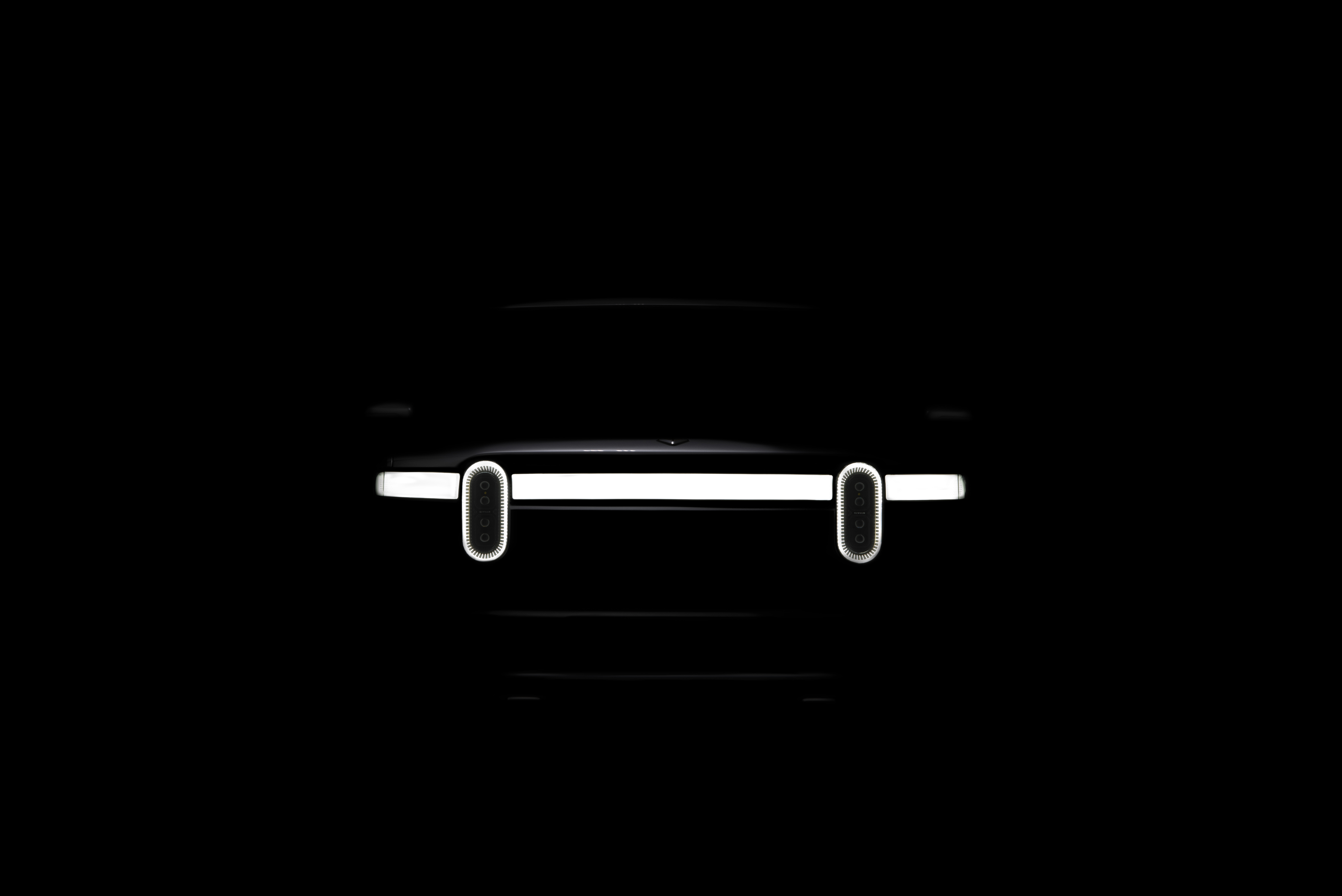
very importantly, being capable of driving long distances on a single charge
Rivian CEO and Founder, RJ goes on to explain that "I started Rivian to deliver products that the world didn’t already have – to redefine expectations through the application of technology and innovation. Starting with a clean sheet, we have spent years developing the technology to deliver the ideal vehicle for active customers. This means having great driving dynamics on any surface on or off-road, providing cargo solutions to easily storing any type of gear whether it’s a surf board or a fishing rod and, very importantly, being capable of driving long distances on a single charge."

We're in agreement, if RJ is serious about adventure vehicles, the last point is an important one and it's something that we will keep returning to. In addition to Rivian, and all the other examples, there is one more poignant thing that wasn’t widely available 9 years ago, GPS on your phone - an ironic coincidence considering the importance of GPS to the Rivian vehicles. The digital and technological experience is crucial to the enjoyment of driving, but the knowledge it represents is key too. With its battery in mind, Rivian told The Outdoor Journal that their vehicles can calculate and advise exactly how much further adventurers can travel with advanced sophistication. When enabling adventure, this is a core area of required competency. How far can I travel? Is the battery reliable? Can I be sure that I won't get stranded? With a listed range of up to 400+ miles (depending upon the battery pack that you go with), we have a good starting point.
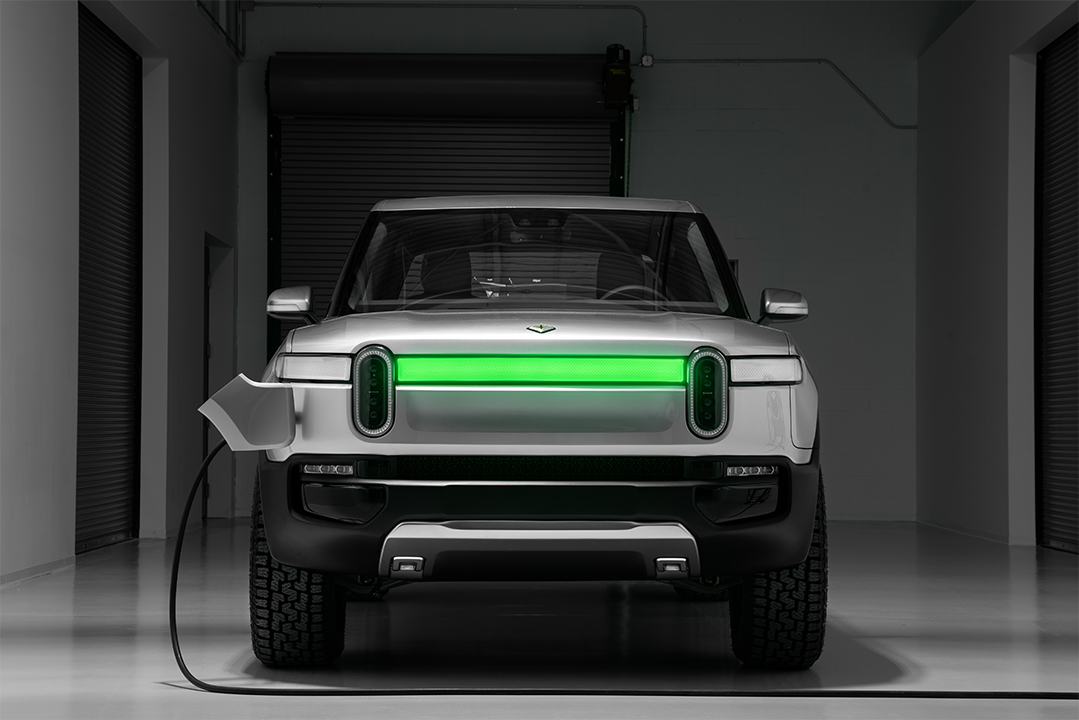
Rivian appears to really understand the importance of this competency to their target adventure market. They've invested in Adaptive control algorithms that"learn driver behavior, optimizing user-specific battery management for maximizing battery life, reliability and second-life reusability.” What does this mean? The system knows how much power you have in the car and how far away you are from the nearest charging station. If this works as well as Rivian says it will, you won't have to worry about getting caught in the middle of nowhere.
This is partnered with tough protection and an important cooling system, given the impact that temperatures can have on battery life. They hope that this will give us “confidence to go further, regardless of terrain or temperature”, whilst the charging system enables approximately 200 miles of range to be added in 30 minutes of charging.
Now is a good time to foray into the petrol head side of the Rivian vehicles. First of all, a stat that we’ll all understand, the Rivian Truck and SUV are capable of 0-60 mph acceleration in a very impressive three seconds. They'll also reach 100 mph in less than 7 seconds.
[gallery type="rectangular" size="full" ids="11166,11163,11181,11182"]
"game-changing from a dynamics perspective both on and off road,"
The vehicles are built upon something that is referred to as a Skateboard Platform that sits in it's entirety beneath the wheel arches. This is a huge blessing to outdoors enthusiasts like kayakers and surfers, but before we get onto that, we should mention that the Skateboard Platform supports Rivian’s quad-motor system. A system that delivers 147kW and precise torque control to each wheel, which is great for high-speed handling, but also becomes a huge asset when rock crawling. Finally, with 3,500 Nm of grounded torque per wheel (14,000 Nm of torque for the full vehicle), the Rivian truck ("R1T") has a tow rating of 11,000 pounds.
“The beauty and elegance of our quad-motor setup isn’t just about brute power, this architecture provides instantaneous torque with extremely precise control at each wheel, which is completely game-changing from a dynamics perspective both on and off road,”, shared Executive Director of Engineering and Programs, Mark Vinnels.

MORE SPACE THAN EVER BEFORE
With the entirety of the technology required to propel these Rivian vehicles sitting below the wheel arch, the realm of possibilities above is dizzying. With a trunk that doesn’t require an engine, and further ingenious features, Rivian advertises that “The R1T leverages the vehicle architecture to deliver more lockable storage than any other vehicle in its class.”
[gallery size="full" type="rectangular" ids="11173,11174,11170"]
Our favourite storage feature is the lockable Gear Tunnel that hides behind the rear seats on the R1T. Wide and long enough to fit a surfboard, snowboard or your stroller, it’s one of those things that seems obvious once you see it, but would have been missed by a less diligent company. That same diligence is again so clear to see when evaluating the doors to the Gear Tunnel. It again seems obvious, but you can stand it to reach the top of the vehicle, use it as a seat to tie your boots, or pull of a panel that you can use to change out of your swimwear and leave the sand where it belongs, outside the cabin.
Other smaller features include hollow seats in the back - representing further storage - two integrated bicycle locks and a camera that will notify the owner should there be any movement. This is in addition to racks on the truck that can be used in partnership with a range of 3rd party equipment such as tents, travel containers and bike/ski racks.
The storage capabilities within these vehicles are surely unparalleled.
[gallery type="rectangular" size="full" ids="11172,11171"]
A PREMIUM, YET RUGGED INTERIOR
Whist we might not be the best to comment on what's under the hood, or in this case the 4 electrical motors, we can give the interior our best shot. Whilst the premium luxury is of course obvious, so is the durability. As per RJ's commitment elsewhere, the interior of the Rivian truck and SUV is designed to be used. There is nothing within the interior that you would be worried about damaging, with the same thoughtfulness applied throughout. Any spills can be wiped off and the sustainably sourced wood looks great.
When leaving the event, by chance we run into Larry Parker, the Director of Design at Rivian. Larry introduced us to his "Inspiration Table", a collection of items that have been collected from around the world on multiple research trips. This process appears to have ultimately paid dividends, with overarching synergy across the interior design.
[gallery type="rectangular" size="full" ids="11178,11177,11161"]
We have already mentioned the importance of the digital and technological experience. The relationship between the driver and the important knowledge that this experience represents is manifested in the display. It is yet another example of a feature that could have been neglected, but instead was treated to great diligence.
A MATTER OF CONFIDENCE, IN THE FACE OF BATTERY LIFE ANXIETY
Despite impressive stats and a thorough design, a global concern abides, is this a car that is only built for adventurers based in the United States, who might enjoy day trips or weekend getaways in close proximity to the charging points?
50% of our readers live outside of the USA, 25% live in in Asia and the remaining 25% live in Europe, whilst the vast majority of you love serious adventures. Perhaps this car has just been built for a US audience, who enjoy weekend camping jaunts?

Would we be happy to jump in a Rivian and drive off into the Himalaya? If in the Nordics, could we take an excursion up to the Arctic Circle? Would we have the confidence to drive away from major infrastructure and down through Central America? It’s a tough one, and during the unveiling event in Plymouth, we are shown images of the climate and terrain within which the vehicle has been tested. All of those images are US based. When at an event in the US, but also when trucks and SUVs are the most popular vehicles in the US, perhaps Rivian could be forgiven for this acute focus. Perhaps the US is just their target market?

The United States leads the way regarding charging locations, with over 17,500, Germany has over 11,500, and the Netherlands almost 8000. These countries are well equipped to host adventures in a Rivian, however at least to a certain extent, some things are out of Rivian's control. One of the adventure capitals of the world, India, has just 17 charging points, whilst Sweden, despite being towards the top of the list with almost 1500, has very disparate locations as you head further north. It's worth mentioning that Norway fares much better. Meanwhile, you might be okay heading south from the US into Mexico, but you'll struggle to go any further.
At least to The Outdoor Journal, this question feels like the elephant in the room, so at the risk of boring all of the American-based engineers and car journalists in attendance, we step forward and ask the question.
THE INCEPTION POINT?
RJ’s answer is clear, despite the images used in the presentation, these vehicles are built for global climates and terrains that can be found around the world. They have consulted adventurers from every continent and can cater for all the demands that are associated with all regions. RJ also spoke of an Inception Point, where it’s only a matter of time before the number of electric cars exceeds petroleum-based vehicles. This will naturally mean that far more charging points will appear, and you would assume that Rivian is timing their approach into the market well, as they expect to begin delivering in 2020.
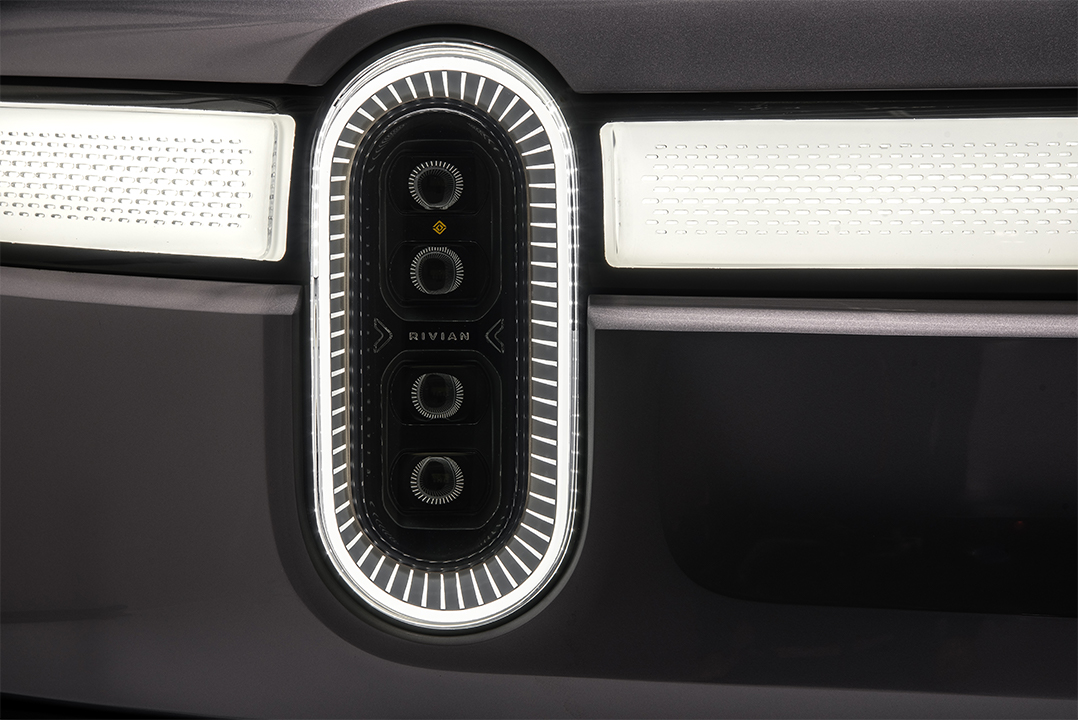
The new Rivian vehicles will sell, they're beautifully and thoughtfully made to serve casual adventure seekers who like to go away for the weekend. However, if the company wants to tap into the real adventure travel market then they will need to instil confidence and awareness of how possible it is to travel to the most remote locations around the world using an electric vehicle. This will perhaps happen with time, but an effort to demonstrate this ability would go a long way to supporting that development.
Are we excited about the New Rivian R1T and SUV? Absolutely. Would we like to have one in our garage, to as RJ put it, “to be used, to get dirty”? Absolutely. Would we be ready to drive off towards Ladakh, up into the Artic Circle, or down through Central America tomorrow? Not yet, but with time, nothing would get us more excited and we believe that Rivian could very well be the company to take us there.
Pre-orders and more information are available at www.rivian.com.





Comments ()